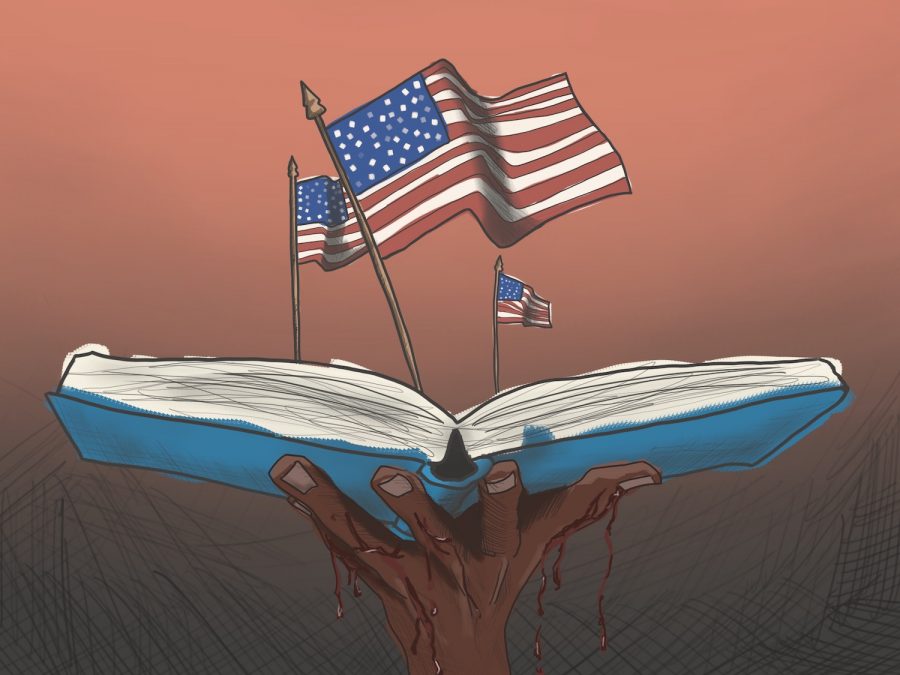School boards across the country are in an uproar over critical race theory, and Carlmont has introduced an Ethnic Studies class to the freshman curriculum. These recent events reminded me of the issues with the current state of America’s history program.
During my junior year, my tutor and I reviewed events to study in preparation for the AP U.S. History test. I noticed that hardly any topics covered indigenous people. After asking why this was, my tutor explained how the AP curriculum was outdated, and the test did not include Native American history or culture. To this new piece of information, I simply shook my head and thought, “sounds about right.”
The faults in the system extend far beyond an outdated curriculum. According to CBS, 16 states teach that states’ rights were the leading cause of the civil war, and eight states do not mention the civil rights movement. With states and individual school districts deciding what textbooks to use, students’ understanding of history can drastically differ from place to place.
Oxford’s definition of history is the study of past events, but I feel this is not precise enough. Many of my history teachers have emphasized that history is our perception and interpretation of past events, as we learn from accounts and recollections of events that occurred years ago.
Thus, we are taught to read multiple sources and analyze events through various lenses. But how is that possible when we learn from a not so impartial textbook? When textbooks gloss over terrors committed by the U.S. and emphasize American triumphs? When textbooks breeze over black history and minority subjugation?
This is the birthplace of American exceptionalism, which is the idea that America is inherently different from and better than other nations.
One may think that textbooks like these don’t exist in California, just in the more conservative states down south. Unfortunately, that is not the case. Carlmont’s AP U.S. History textbook, “America’s History” by Bedford St. Martin’s, is no stranger to glorifying American achievements. After toiling through this book throughout the year, one sentence really stands out and still leaves a sick feeling in my stomach.
According to “America’s History”, “American planes dropped two atomic bombs, the product of stunning yet ominous scientific breakthroughs, on the Japanese cities of Hiroshima and Nagasaki.”
One hundred forty thousand civilians were killed in Hiroshima and 74,000 in Nagasaki. My history textbook called a weapon that killed over 200,000 people a stunning American accomplishment.
Although it may seem to be only one sentence here and a paragraph over there, these seemingly insignificant passages add up. Coupled with the events glossed over or skipped, our textbooks are perpetuating prejudice and racism. The scariest thing is that as a student, this all goes by relatively unnoticed.
Asking Americans to overhaul the history program and teach civil rights, indigenous American history, and beyond may be the ultimate goal, but that will be a long and challenging road. To get a good start on this journey, we must begin with the textbooks.












